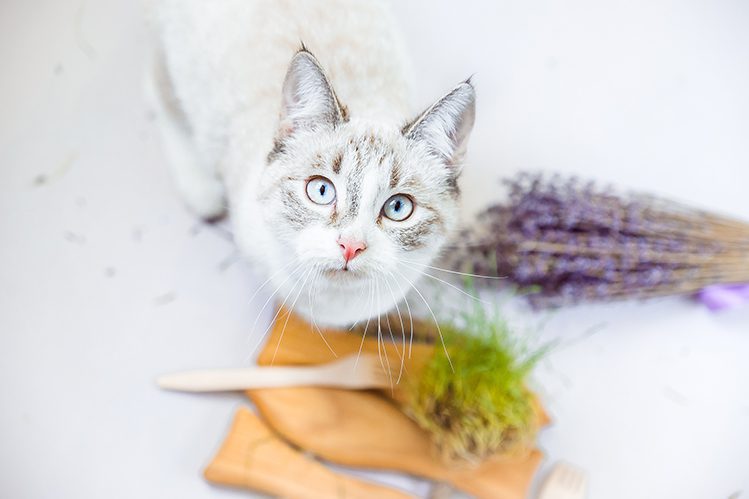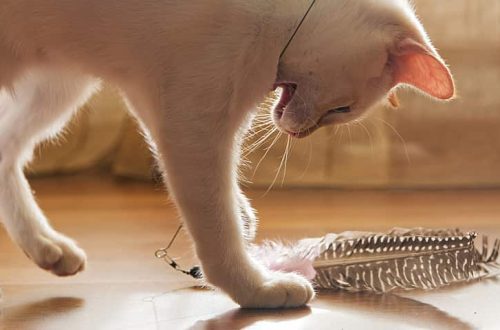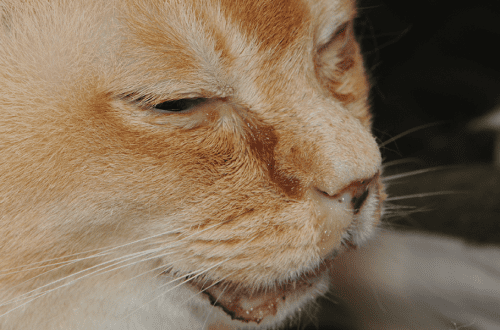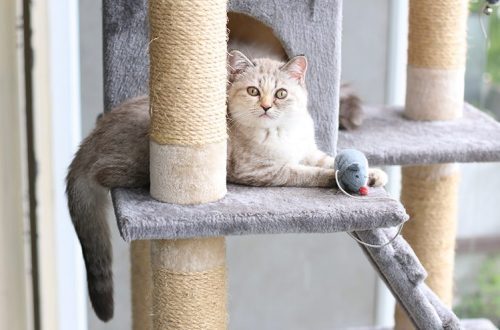
Do cats need cereals
Many cat foods contain grains, sometimes even as the main ingredient. To what extent does this meet the physiological needs of the predator? Do cats need cereals?
Any cat is an obligate predator. This means that she needs a diet based on animal protein (up to 90%). A cat cannot remain physiologically healthy if there are too many plant-based components in its diet. However, a certain proportion of carbohydrates should still be, and here’s why.
Carbohydrates serve as a quick source of energy that a cat needs to break down animal protein. In other words, a small proportion of carbohydrates ensures the normal digestion of animal protein, from which the cat receives energy and building material for the whole organism.
In nature, cats (like other predators) make up for their need for fast carbohydrates through the contents of the stomachs of prey (rodents and birds that eat cereals and plant foods). The most common prey of a cat in nature – a mouse – just feeds on cereals and plant foods. The mouse is a source of animal protein for the cat, but by eating it, the cat also receives a small part of the grain from the gastrointestinal tract of the rodent.
When a person chooses food for a cat, you need to consider that:
1. The food does NOT include (fermented) grains (which the cat gets from the stomach of the prey). Therefore, processed carbohydrates from grain with a destroyed shell are added to the feed. They are more bioavailable to a predator.
2. Grain should occupy the minimum volume in the composition of the feed. The basis of cat food should always be animal protein.
3. Grain, which is part of the feed in the form of flour, must be DIFFERENT. Because each type of cereal has its own glycemic index. In simple terms, each type of cereal needs a different time to split, with the release of different energy.

Cereals with a high index lead to fermentation, which means that they can cause a lot of trouble for the pet with gas formation. Too low a glycemic index indicates low activity, low fermentation. This means that the reaction within the body may not be enough to break down carbohydrate and the pet will not receive enough energy to digest animal protein.
That is why advanced high quality foods use low amounts of carbohydrates compared to animal protein sources, and these carbohydrates are always different. In the composition, you can see references to different cereals, as well as one plant in a different form. For example, rice grain and rice flour will have a different glycemic index, so they are considered different carbohydrate ingredients in the composition.
If one type of grain is used in the composition, then manufacturers choose those carbohydrates that have an average glycemic index.
This is basic information about the role of cereals in cat digestion. If you have any doubts about your pet’s diet, do not experiment, but consult your veterinarian.





